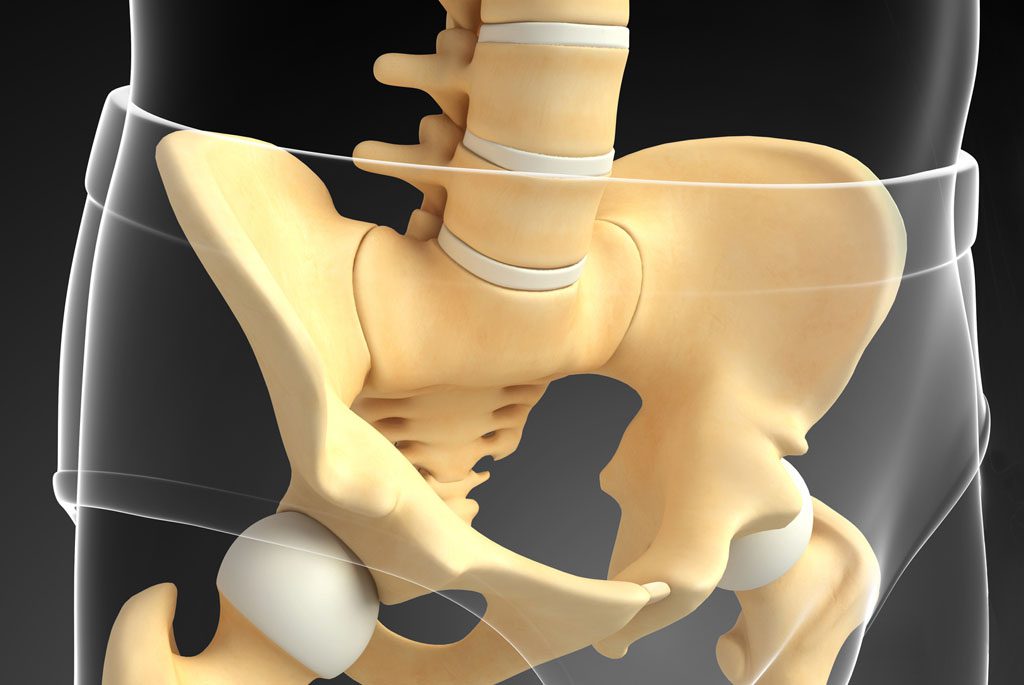In a world full of diverse bodies, our hips stand out with their distinct shape and size. We each have a unique ball and socket part within our hip joint, and for those with a very shallow socket, their range of hip movement is greater. But too much mobility means less stability and which is a genetic condition known as Hip Dysplasia.
Physiotherapy treatment can play an important role in the treatment of Hip Dysplasia, helping to improve function, strength and stability. Let’s delve in.
Understanding Hip Dysplasia
Hip Dysplasia is a condition where the ball and sock components of the hip joint do not fit together properly. The exact cause is not always clear. Often there is a genetic predisposition, some cases are present at birth and others may develop later in life due to factors like injury or repetitive stress on the hip joint.
The condition can cause pain, difficulty walking and other mobility issues. Early detection and starting appropriate treatment are key to managing Hip Dysplasia effectively. Which brings us to…
How physiotherapy can transform the journey of Hip Dysplasia patients
A qualified physiotherapist can prescribe specific strengthening exercises that are crucial for stability and promoting proper alignment of the joint.
A physiotherapist can also identify abnormalities or compensatory movements caused by Hip Dysplasia and guide you on correct posture to minimise stress on the hip joint and improve overall movement efficiency.
And if you need help managing pain associated with Hip Dysplasia, physiotherapists can also incorporate various modalities like heat or cold therapy, ultrasound or TENS to alleviate pain and inflammation.
Fitting a Pavlik Harness
Pavlik bracing is a non-invasive treatment method used for infants with developmental Hip Dysplasia (DDH). It involves the use of a specialised harness that helps to properly position the hip joints, allowing for normal development of the hip socket.
The adjustability of the brace allows for flexibility in accommodating an infant’s growth and development.
Fitting a Pavlik harness involves close collaboration between a physiotherapist and the infant’s parents or caregivers to ensure consistent and appropriate use but studies have shown the treatment can lead to promising results in the majority of cases.
Seek early intervention for Hip Dysplasia
Early intervention, such as fitting a Pavlik harness in the early stages of Hip Dysplasia, increases the chances of successful treatment and minimises the need for more invasive interventions.
New Age Physiotherapy has qualified physiotherapists on staff to fit a Pavlik harness accurately, providing the necessary support and alignment for infants with Hip Dysplasia.
Book an appointment so we can also discuss a specialised and tailored exercise program and therapies to help restore balance and stability to the hip joint.

